Class 7 Science Chapter 12 Worksheet Solutions - Earth, Moon, and the Sun
| Table of contents |

|
| MCQ Questions |

|
| Fill in the Blanks |

|
| True/False Questions |

|
| Very Short Answer Questions |

|
| Long Answer Questions |

|
MCQ Questions
Q1: The Earth rotates on its axis in approximately how many hours?
a) 12 hours
b) 24 hours
c) 48 hours
d) 365 days
Answer: b) 24 hours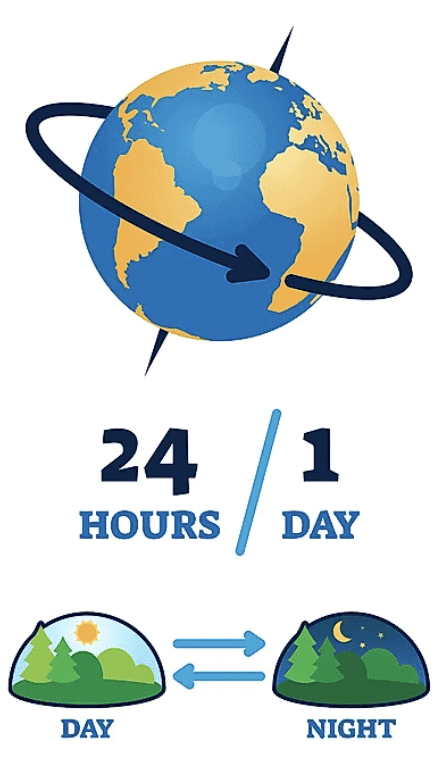
Q2: What causes the day and night cycle on Earth?
a) The Earth’s revolution around the Sun
b) The Earth’s rotation on its axis
c) The Sun’s movement across the sky
d) The Moon’s orbit around the Earth
Answer: b) The Earth’s rotation on its axis
Q3: Which direction does the Earth rotate in?
a) From East to West
b) From West to East
c) From North to South
d) From South to North
Answer: b) From West to East
Q4: A total solar eclipse occurs when:
a) The Earth moves between the Moon and the Sun
b) The Moon moves between the Earth and the Sun
c) The Sun moves between the Earth and the Moon
d) The Earth moves away from the Sun
Answer: b) The Moon moves between the Earth and the Sun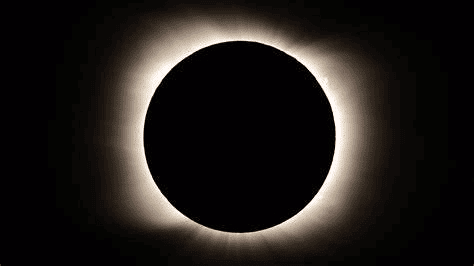
Q5: Why do we experience different seasons on Earth?
a) Due to the Earth’s rotation
b) Due to the tilt of the Earth’s axis
c) Due to the Moon’s position
d) Due to the Earth’s distance from the Sun
Answer: b) Due to the tilt of the Earth’s axis
Fill in the Blanks
Q1: The Earth completes one revolution around the Sun in __________ days.
Answer: 365 days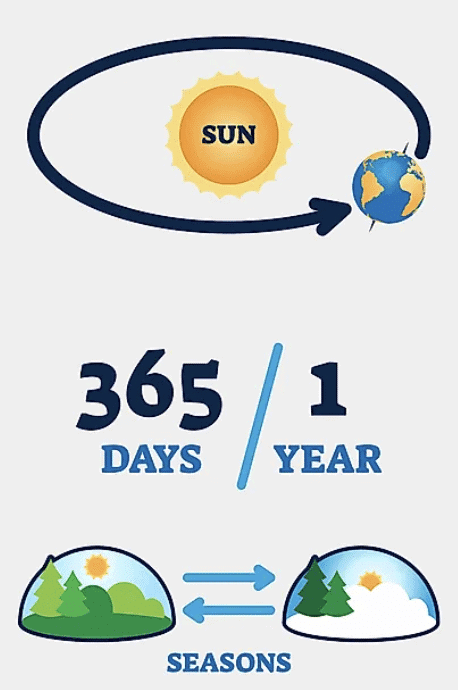
Q2: The Earth’s axis is tilted at an angle of __________ degrees with respect to its orbit.
Answer: 23.5 degrees
Q3: The Moon can block sunlight from reaching the Earth, causing a __________ eclipse.
Answer: solar
Q4: The Sun rises in the __________ and sets in the __________.
Answer: East, West
Q5: During a lunar eclipse, the Earth comes between the __________ and the Moon.
Answer: Sun
True/False Questions
Q1: The Earth’s rotation causes the cycle of day and night.
Answer: True
Q2: During a solar eclipse, the Earth moves between the Sun and the Moon.
Answer: False
Q3: The Moon is larger than the Sun, so it can block the Sun’s light completely during a solar eclipse.
Answer: False
Q4: The Sun’s light gets blocked during a lunar eclipse.
Answer: False
Q5: The tilt of the Earth’s axis is responsible for the changing seasons.
Answer: True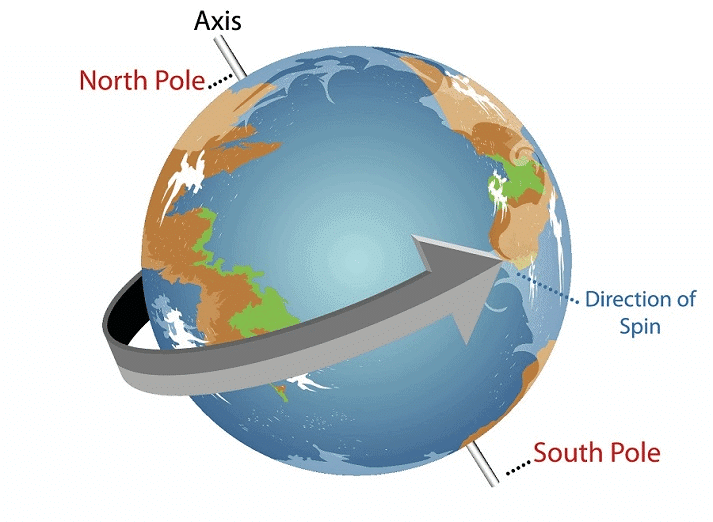
Very Short Answer Questions
Q1: What is the cause of the apparent motion of the Sun in the sky?
Answer: The apparent motion of the Sun is caused by the Earth’s rotation around its axis.
Q2: Why do we experience different seasons on Earth?
Answer: Different seasons occur due to the tilt of the Earth’s axis while it revolves around the Sun.
Q3: What is a solar eclipse?
Answer: A solar eclipse occurs when the Moon passes between the Earth and the Sun, blocking the Sun’s light.
Q4: What is a lunar eclipse?
Answer: A lunar eclipse occurs when the Earth passes between the Sun and the Moon, casting a shadow on the Moon.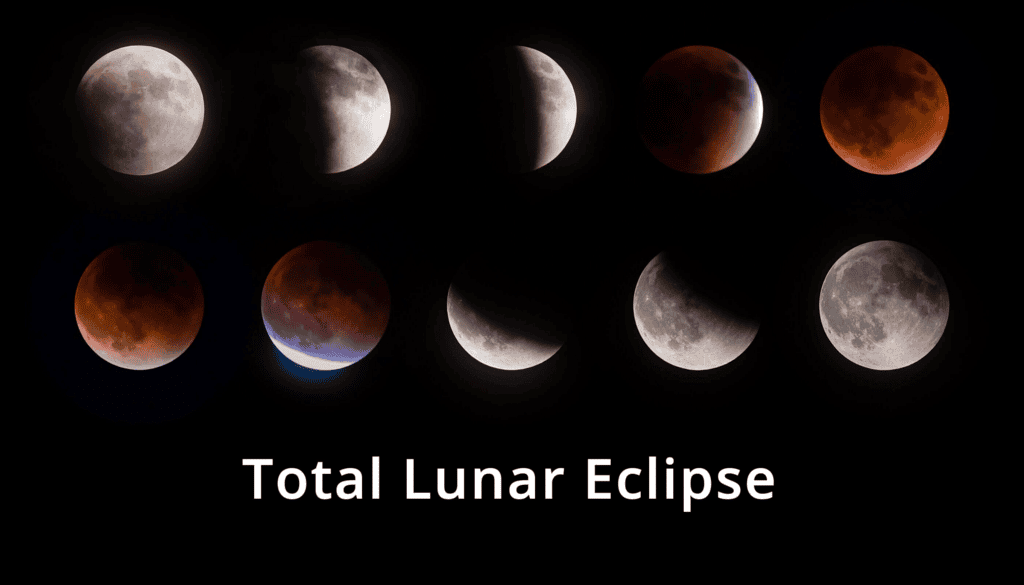
Q5: In which direction does the Earth rotate?
Answer: The Earth rotates from West to East.
Long Answer Questions
Q1: Explain the phenomenon of day and night on Earth.
Answer: Day and night occur because the Earth rotates on its axis. As the Earth rotates, one half of the planet faces the Sun, experiencing daylight, while the other half is in darkness, experiencing nighttime. This rotation takes approximately 24 hours, causing a complete cycle of day and night.
Q2: Describe the process of a solar eclipse and how it occurs.
Answer: A solar eclipse occurs when the Moon passes between the Earth and the Sun, blocking the Sun’s light. The Moon’s shadow falls on the Earth, causing a temporary period of darkness. Depending on the alignment, it can be a total solar eclipse, where the Sun is completely blocked, or a partial solar eclipse, where only a part of the Sun is obscured.
Q3: What is the effect of the Earth’s tilt on the seasons?
Answer: The tilt of the Earth’s axis, combined with its revolution around the Sun, causes different parts of the Earth to receive varying amounts of sunlight at different times of the year. This variation in sunlight results in the four seasons: spring, summer, autumn, and winter, each with different lengths of days and nights.
Q4: How does the Earth’s rotation lead to the apparent motion of stars in the sky?
Answer: As the Earth rotates on its axis, the stars appear to move across the sky. In the Northern Hemisphere, stars appear to move in a circular path around the North Star. This motion is due to the Earth’s rotation, which gives the illusion that the stars are moving from east to west.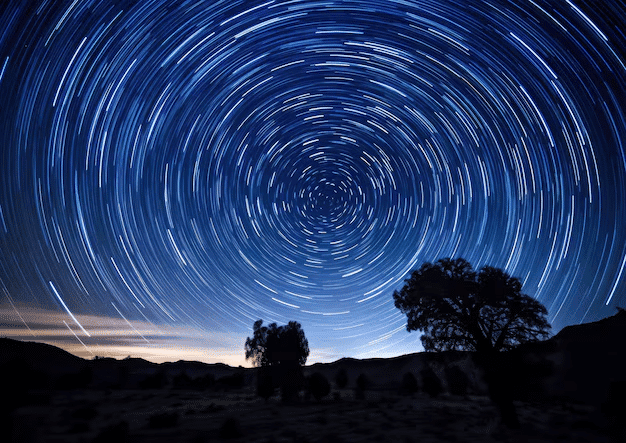
Q5: What are the differences between a solar eclipse and a lunar eclipse?
Answer: A solar eclipse occurs when the Moon passes between the Earth and the Sun, blocking the Sun’s light. A lunar eclipse occurs when the Earth passes between the Sun and the Moon, casting a shadow on the Moon. Solar eclipses are visible only in small areas, while lunar eclipses can be seen from a much larger part of the Earth.
|
1 videos|107 docs
|
FAQs on Class 7 Science Chapter 12 Worksheet Solutions - Earth, Moon, and the Sun
| 1. What are the primary differences between the Earth, Moon, and Sun? |  |
| 2. How does the position of the Earth, Moon, and Sun affect the occurrence of eclipses? |  |
| 3. Why do we experience different seasons on Earth? |  |
| 4. What is the significance of the Moon's phases? |  |
| 5. How do the Earth, Moon, and Sun interact in terms of gravitational forces? |  |















